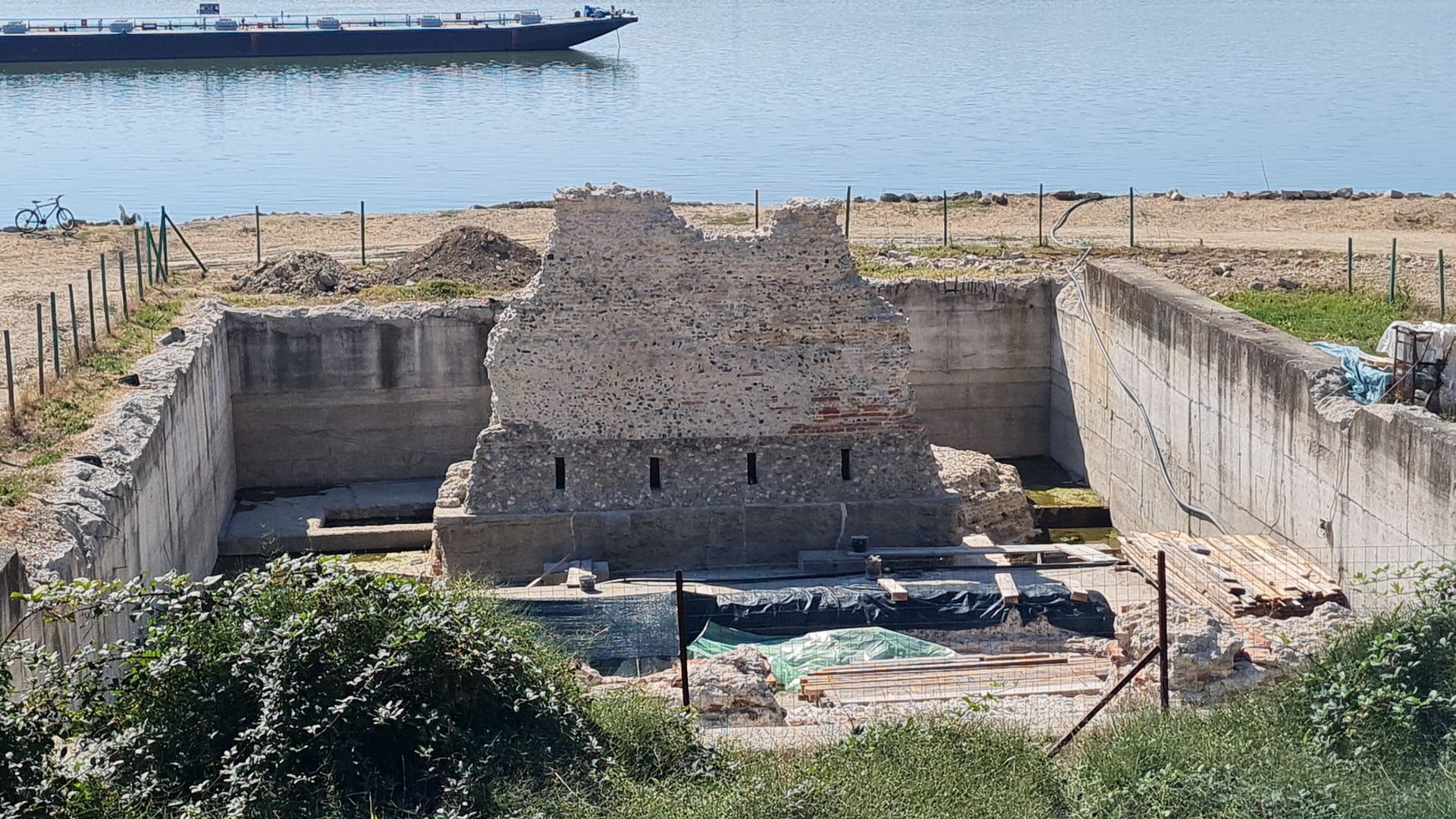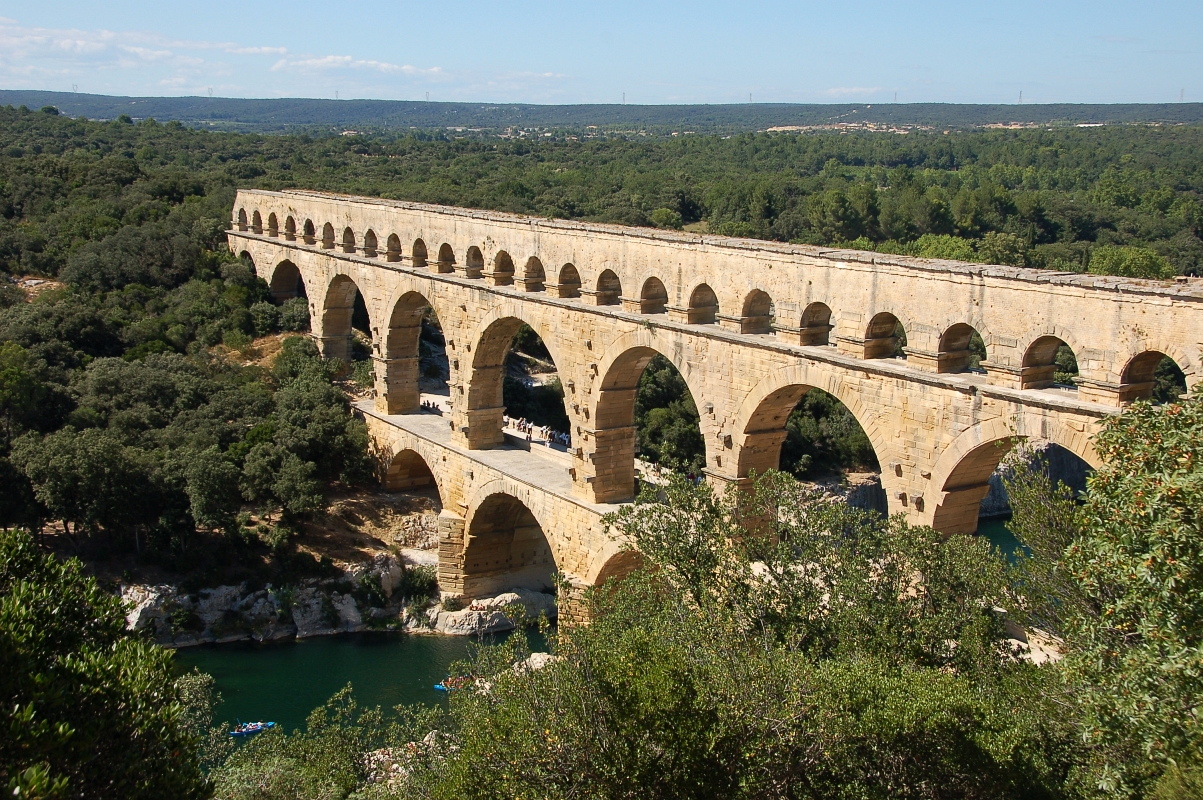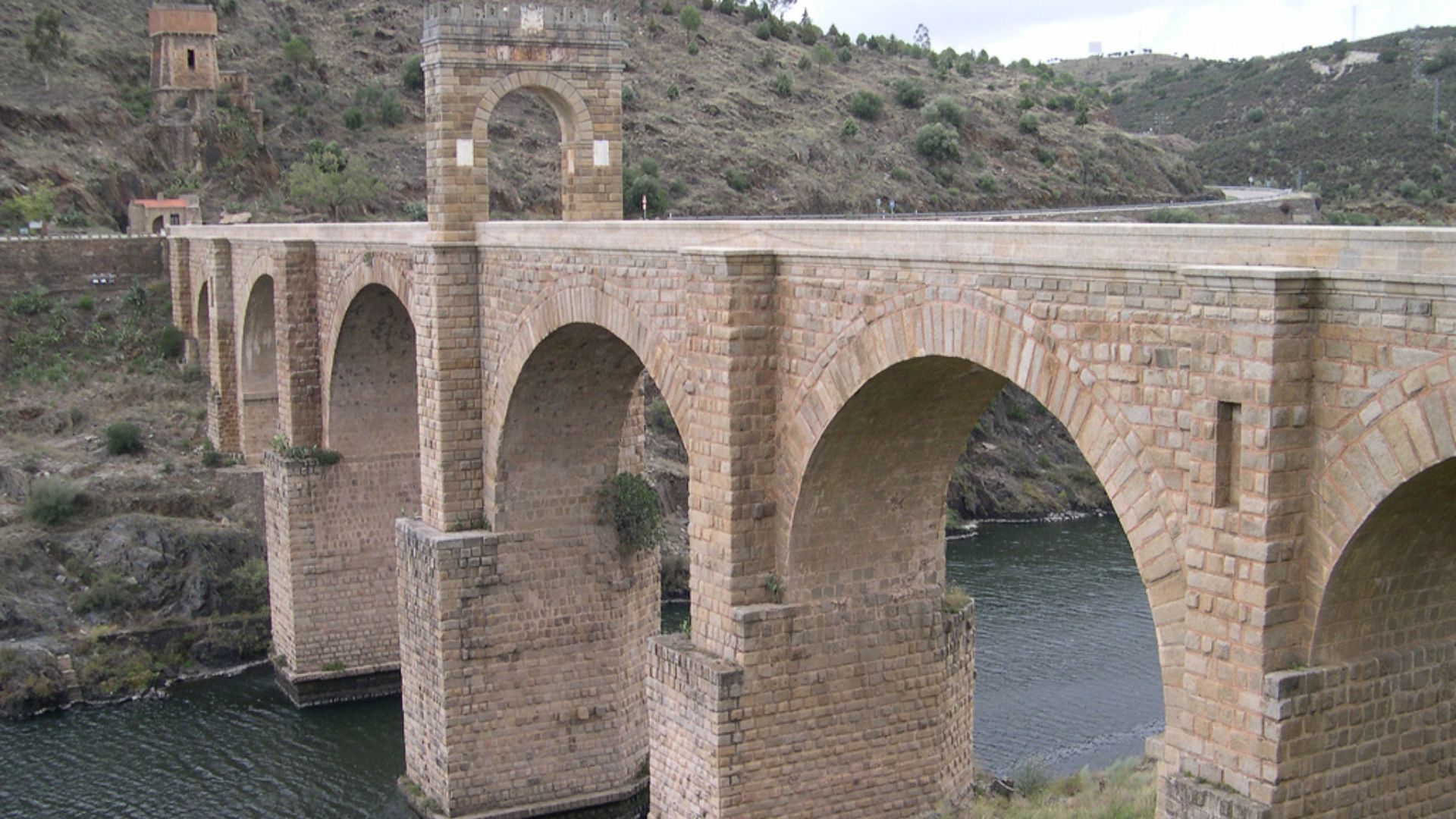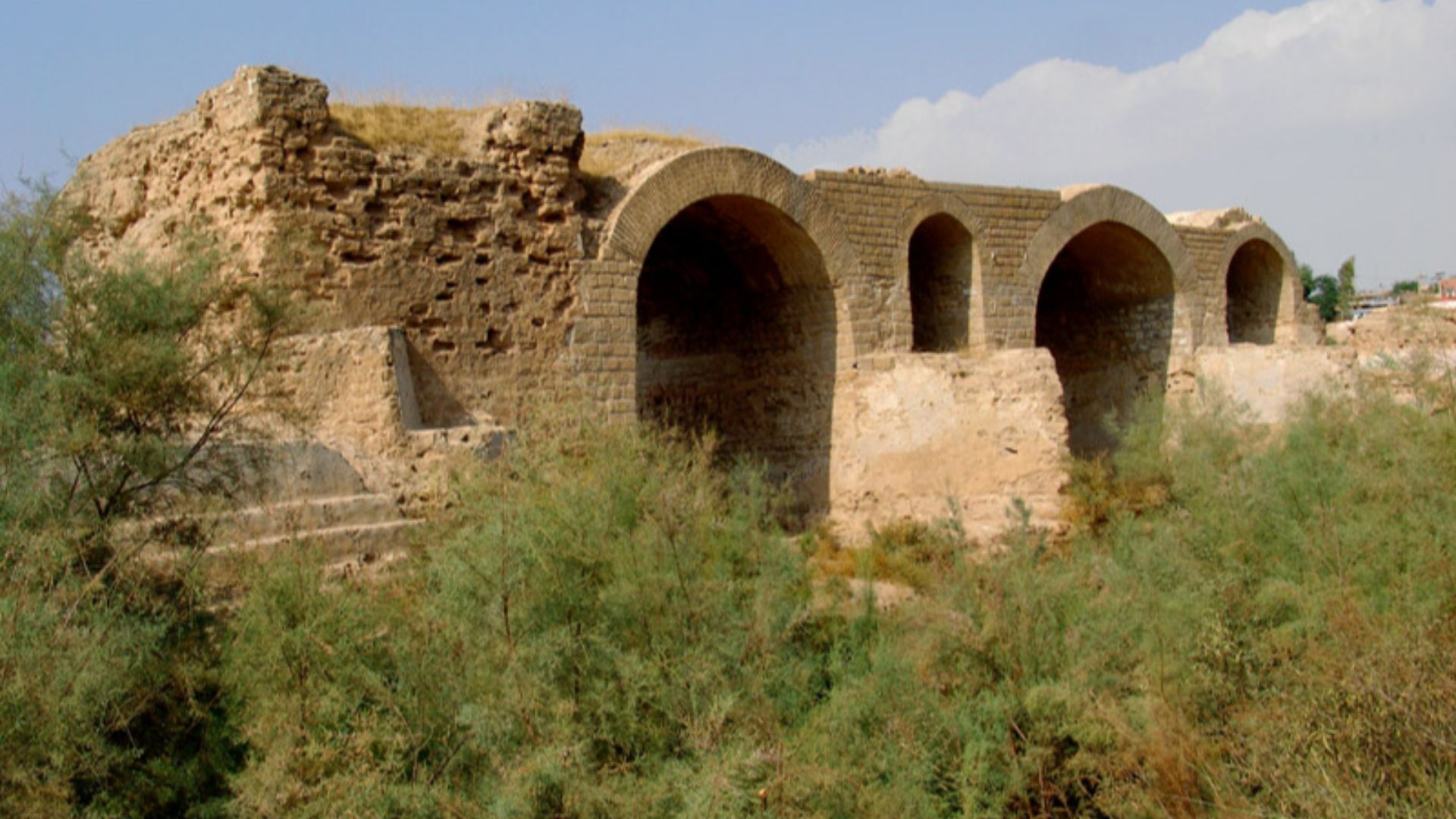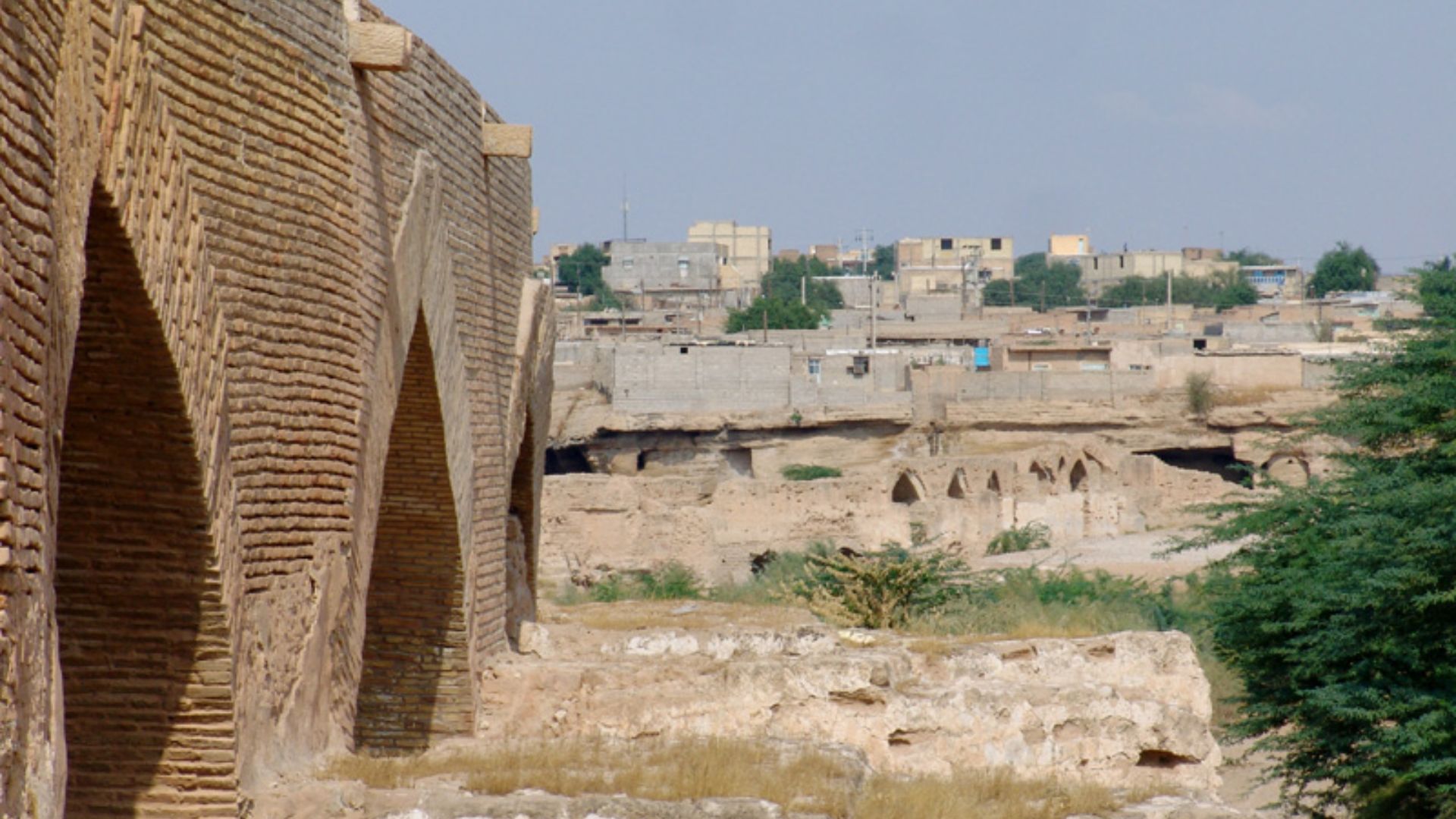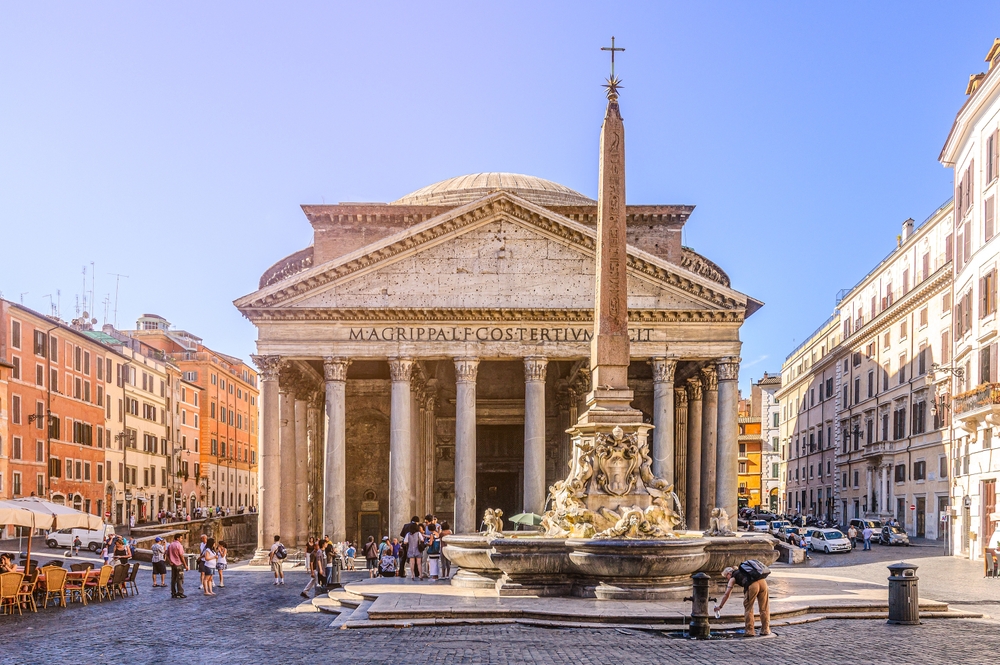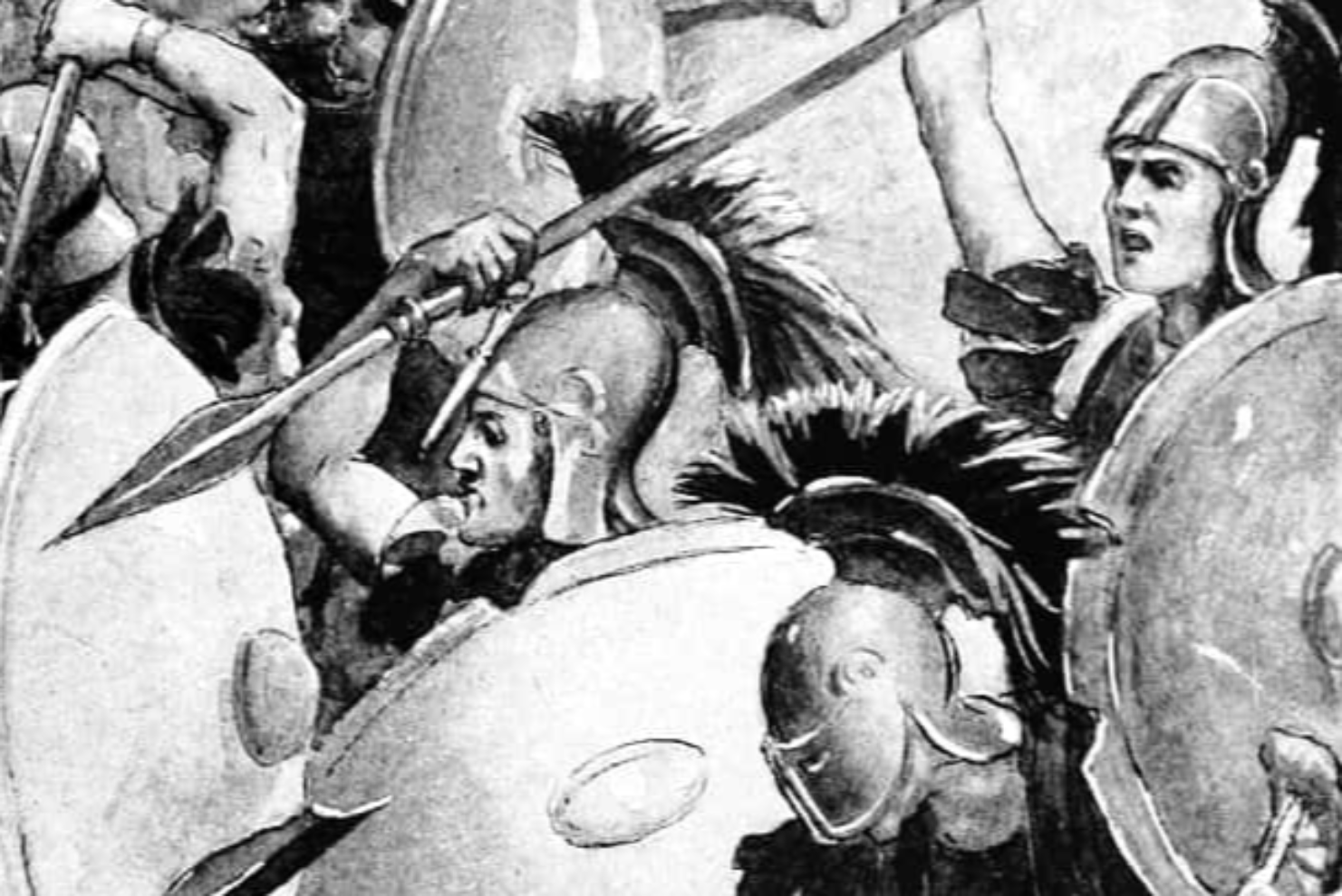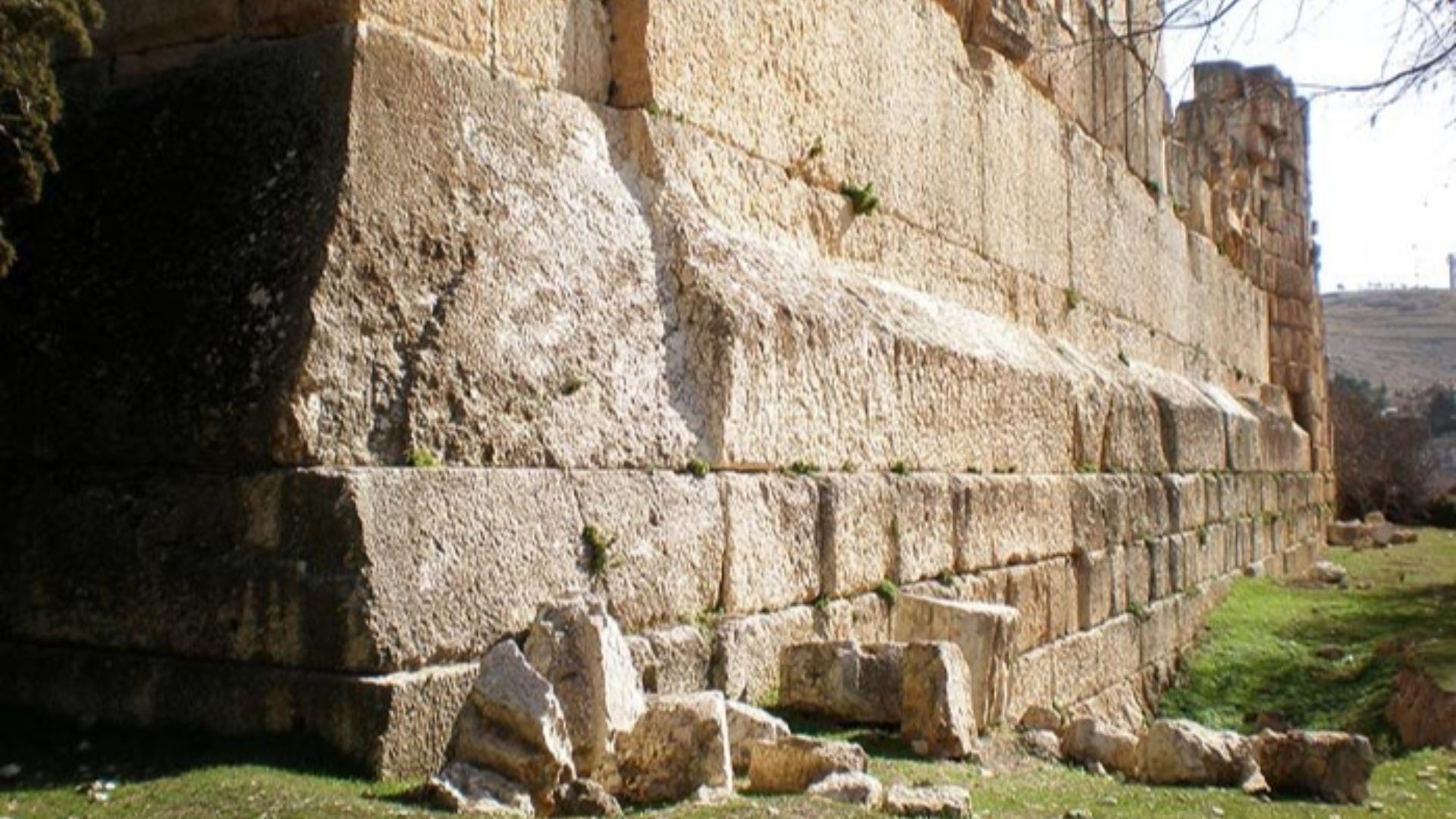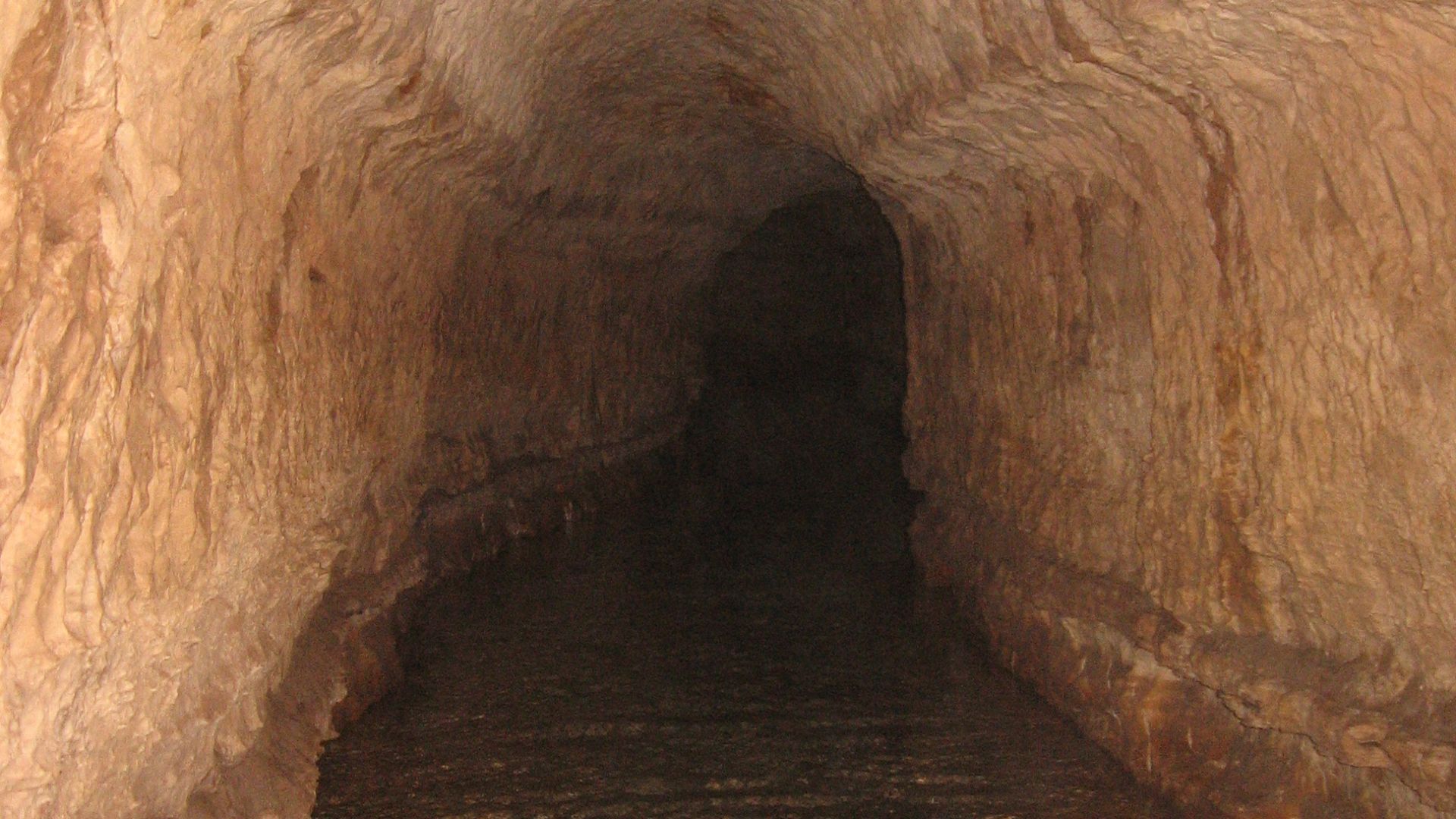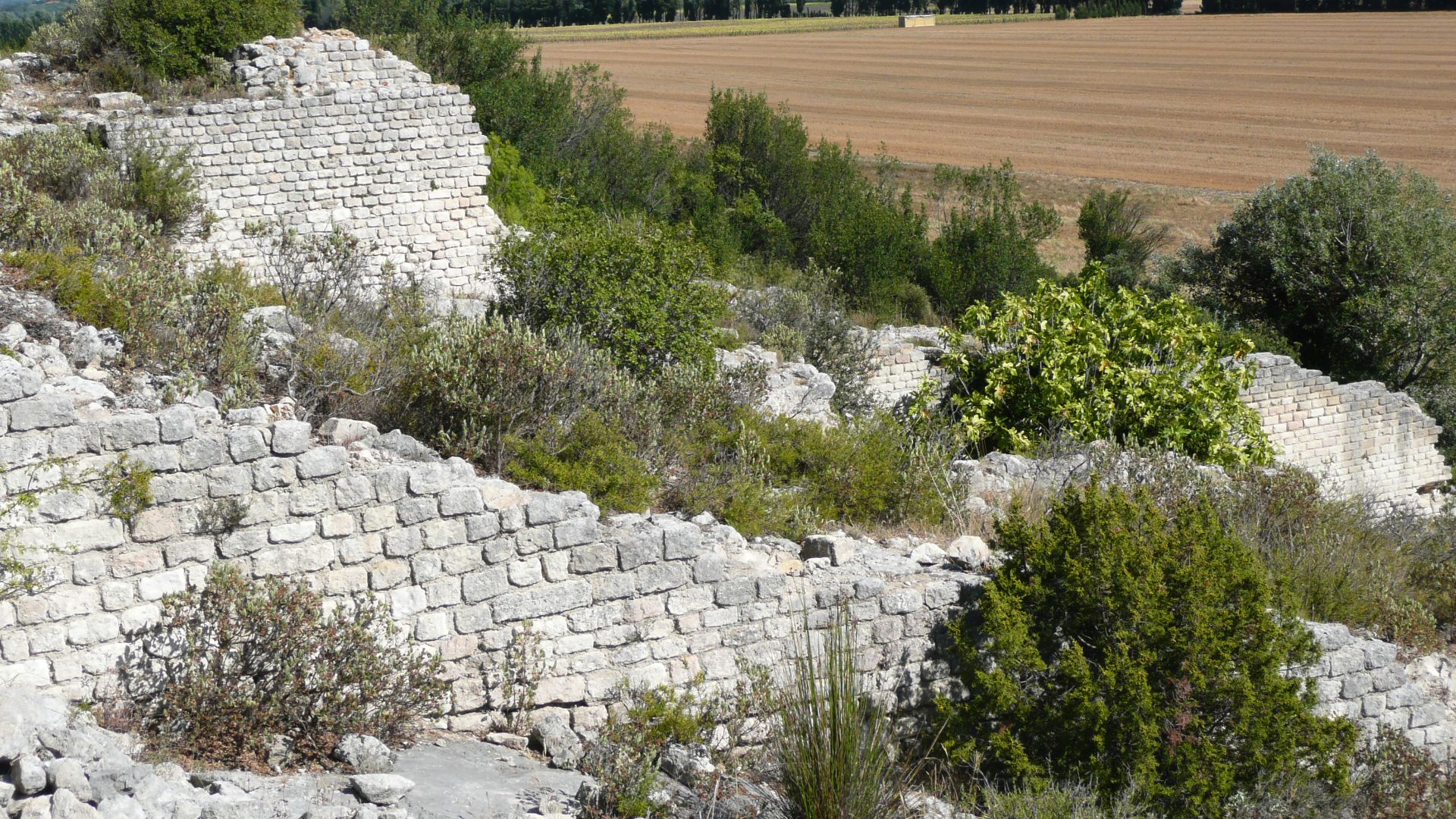That Roman Engineering
There’s a reason that the Roman Empire continues to be relevant today. This ancient civilization achieved such great feats that modern people are still fascinated by them. Even just a small sampling of the achievements of the Roman Empire is impressive—let’s take a look.

Pont d’Ael
Roman architecture rivaled our own in so many ways. Pont d’Ael was a single-arched bridged aqueduct that carried irrigation water across an Alpine gorge. Thanks to this gorge, this bridge towered an impressive 66 meters (216.5 feet) above the rushing water below.
 Mikael Perfetti, Wikimedia Commons
Mikael Perfetti, Wikimedia Commons
Trajan’s Bridge
The Romans had to deal with some of Europe’s largest rivers, including the Danube. At two points, they managed the impressive feat of crossing the wide and dangerous waters of this river. Trajan’s Bridge was the first bridge to be built over the Danube and an ancient wonder.
Trajan’s Bridge
Trajan’s Bridge took two years to build between 103–150 AD. It is considered one of the greatest achievements of Roman architecture. At 50 meters (164 feet) from centerline to centreline, it can only be rivaled by one other Danube bridge.
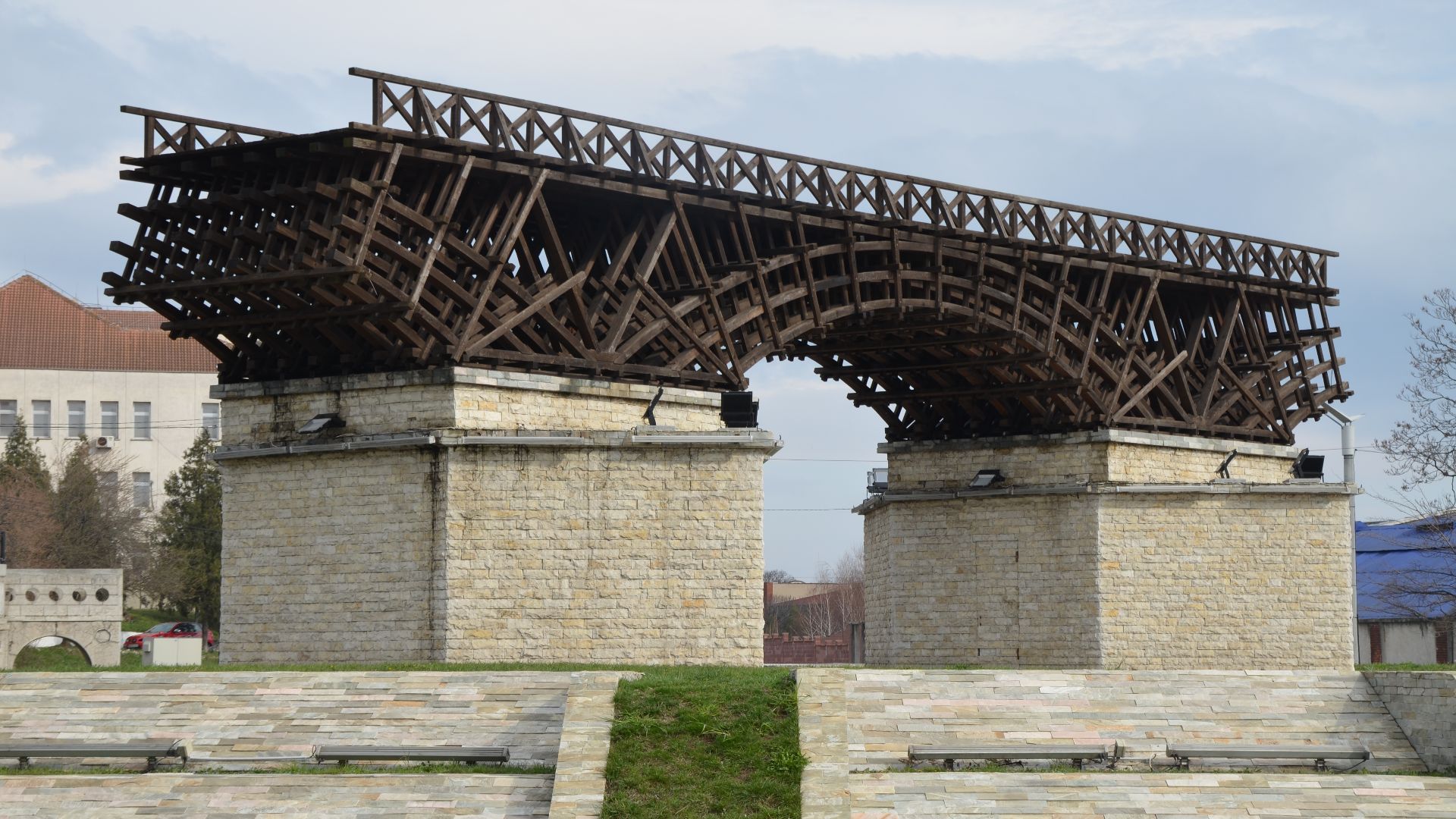 Carole Raddato from Frankfurt, Germany, Wikimedia Commons
Carole Raddato from Frankfurt, Germany, Wikimedia Commons
Constantine’s Bridge
Not only was Constantine’s Bridge the Roman Empire’s longest bridge but it remains one of the longest bridges of all time. It’s reached a total length of 2,437 meters (7,995 feet); 1,137 meters (3,730 feet) of that bridge crossed the raging Danube. This is a stunning feat given the technology needed to produce a similar bridge today.
Pont Du Gard
It wasn’t just distance that the Romans had to contend with when it comes to their bridges. They also navigated impressive heights. Pont du Gard was another aqueduct bridge that carried water across the Gard River in southern France. Its towering height was a feat onto itself.
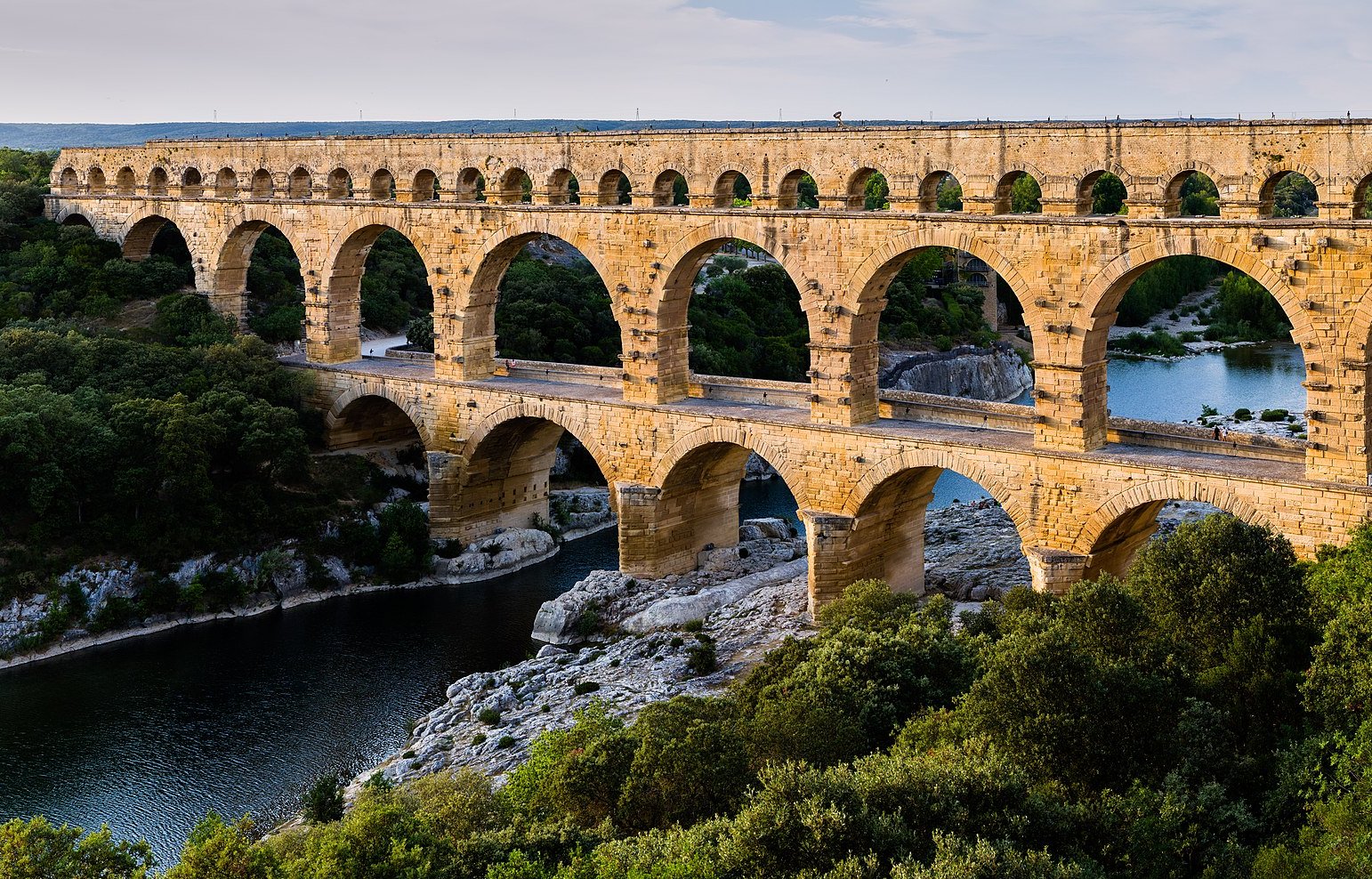 Benh LIEU SONG, CC BY-SA 3.0, Wikipedia
Benh LIEU SONG, CC BY-SA 3.0, Wikipedia
Pont Du Gard
It is not the distance nor the location that is impressive about Pont du Gard but rather its height. Pont de Gard has three tiers. Respectively, each tier measured 20.5 meters (67.3 feet), 19.5 meters (64 feet), and 7.4 meters (24 feet) in height. Altogether, the bridge was 47.4 meters (155.5 feet) above the water level.
Alcantara Bridge
With so many Roman bridges now crumbled and taken from existence, it is difficult to test the load capacity for all of the bridges. However, the Alcantara Bridge still exists in Spain today. Thanks to its impressive wide arches, Alcantara Bridge can support an impressive 52 tons.
Canal Of The Pharaohs
The Romans built many canals throughout their empire. However, none of them seem to be as long as the Canal of the Pharaohs, which connects the Mediterranean Sea and the Red Sea through the Nile. The Canal of the Pharaohs is an impressive feat of engineering even by modern standards.
 annie brocolie (original), Wikimedia Commons
annie brocolie (original), Wikimedia Commons
Canal Of The Pharaohs
The Canal of the Pharaohs opened around 280 BC and it weaves through the Egyptian countryside. In total, it spans approximately 208 kilometers (129 miles) and changed directions at least twice. It was 10 meters (32.8 feet) deep and 35 meters (114.8 feet) wide.
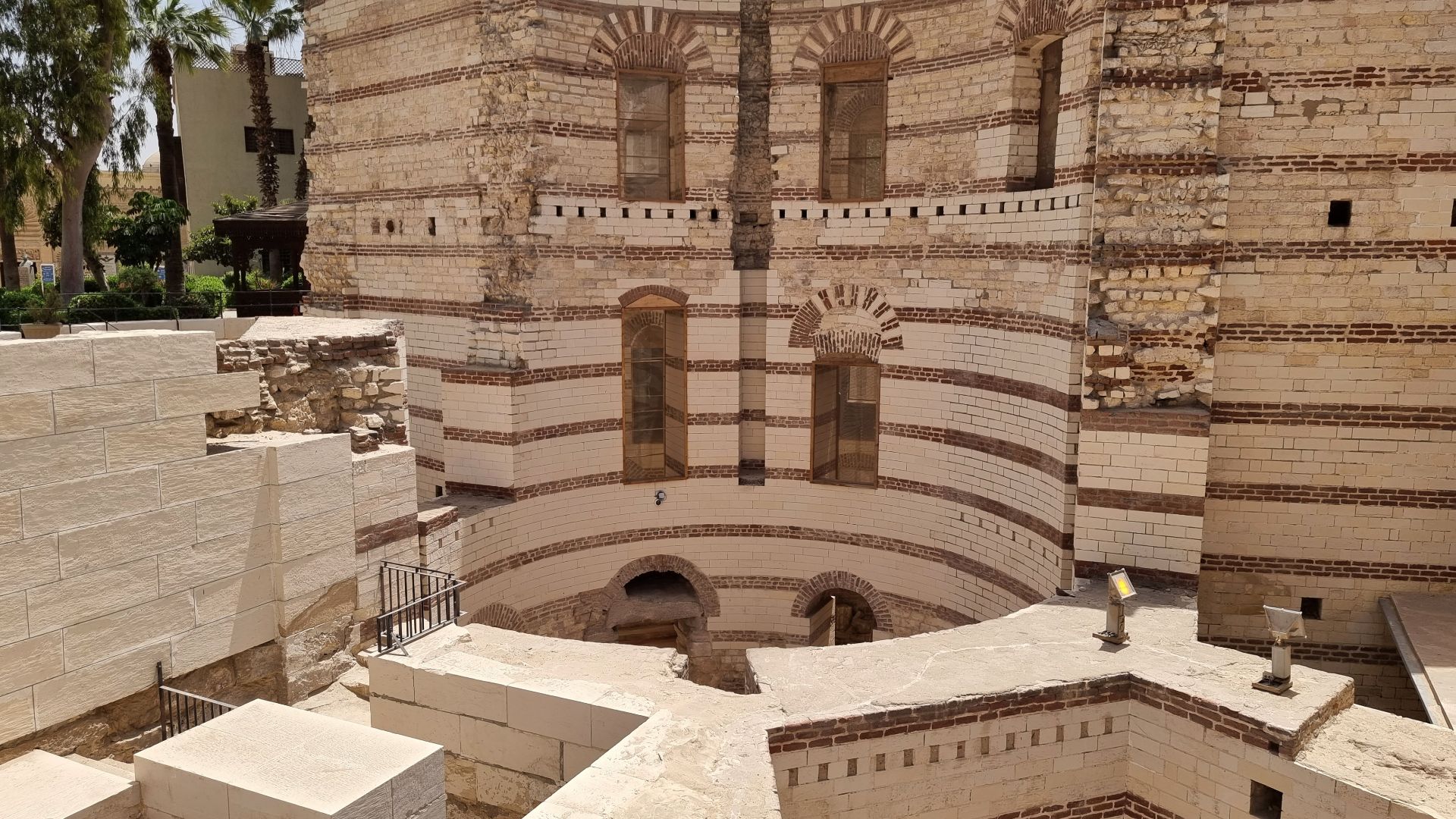 Richard Mortel from Riyadh, Saudi Arabia, Wikimedia Commons
Richard Mortel from Riyadh, Saudi Arabia, Wikimedia Commons
The Column of Marcus Aurelius
The tallest column that we know of in Rome was the Column of Marcus Aurelius. Thanks to its higher pedestal, it stood at just under 40 meters (131 feet). Unfortunately, for Rome, this wasn’t the tallest column in the empire. One column in Constantinople outdid it.
The Column of Theodosius
The Romans loved their columns; they were the Romans’ favorite way of honoring heroes. In Constantinople, the Column of Theodosius once stood at around 50 meters (164 meters) tall. This did not include the additional height of the impressive statue that surely once stood on top of it.
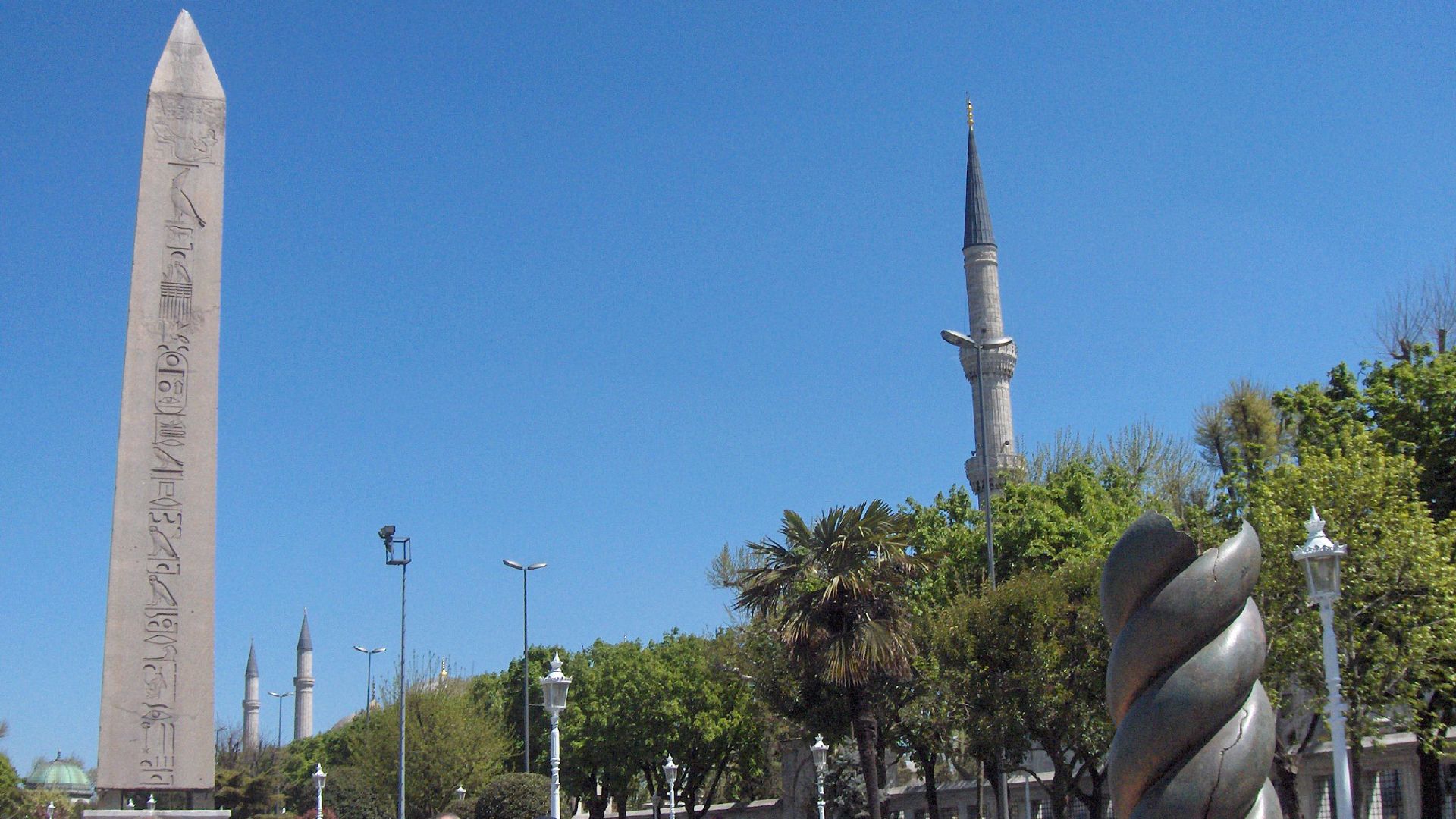 Georges Jansoone User : JoJan, Wikimedia Commons
Georges Jansoone User : JoJan, Wikimedia Commons
Glanum Dam
If you haven’t already pieced it together, the Romans excelled in moving and controlling water. Along with their aqueducts and canals, they built impressive dams, including Glanum Dam, the largest arch dam created by the Romans.
Glanum Dam
Glanum Dam was in French Provence. Unfortunately, the original dam was destroyed and replaced in the 19th century. Its dimensions, based on records, are believed to be 12 meters (39 feet) high, 3.9 meters (12.8 feet) wide, and 18 meters (59 feet) long. It’s also the earliest known arch dam.
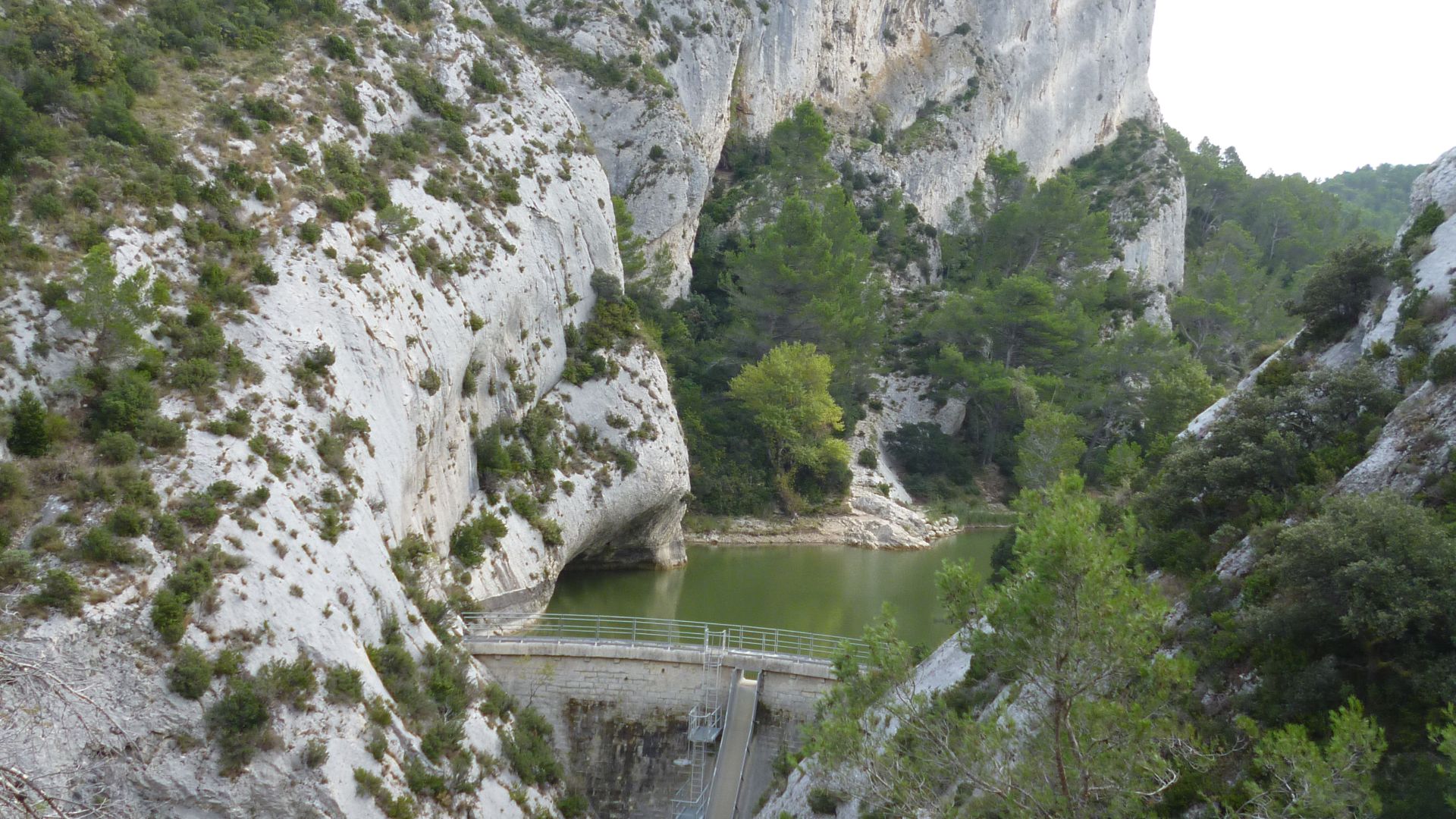 Christoph Koch, Wikimedia Commons
Christoph Koch, Wikimedia Commons
Kasserine Dam
Kasserine Dam was in Tunisia. It is classified as an arch-gravity dam and as such is ranked as the largest of this style constructed by the Romans. It had an impressive 150-meter (492-foot) length and 10-meter (32.8-foot) height. Its width spanned 7.3 meters (24 feet).
 Eugene Girardet, Wikimedia Commons
Eugene Girardet, Wikimedia Commons
Band-e Kaisar
Band-e Kaisar was a combination of an overflow dam and an arcaded bridge. It was approximately 500 meters (1,640 feet) long, making it the Roman’s longest bridge dam. However, it is better known for its innovation and its eastern location.
Band-e Kaisar
Band-e Kaisar crossed a river in Iran. This was the most eastern example of Roman-built civil engineering. Its remains still exist today and it had a huge influence on Iranian dam building from this point on.
Lake Homs
In 284 AD, Emperor Diocletian built a 2,000-meter (6,561.7-foot) long masonry dam. Built of a concrete core protected by basalt ashlar, this 7-meter (23-foot) high dam was not just the Roman’s longest gravity dam but the longest dam they built. It transformed the face of the Earth forever.
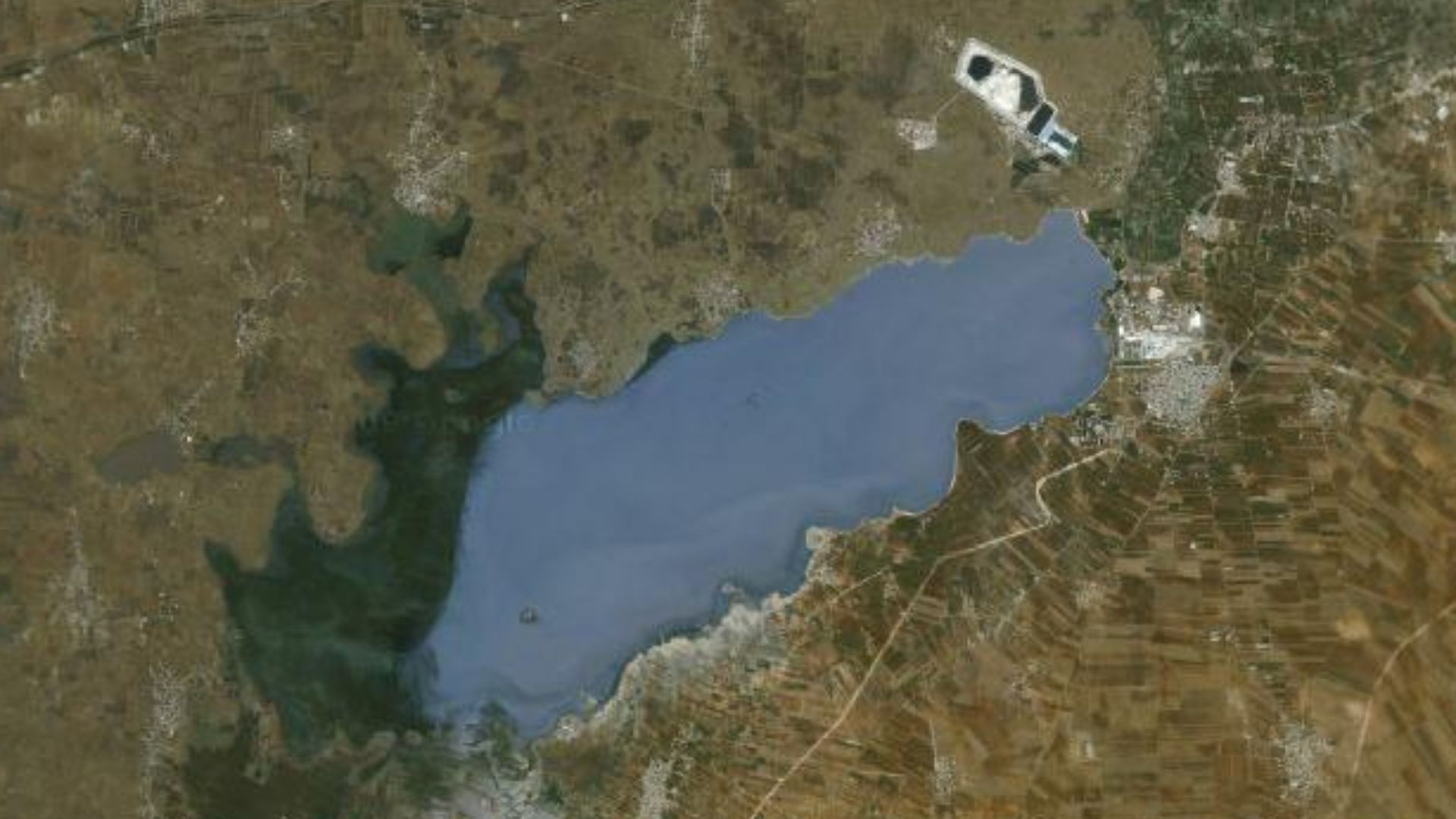 berkaysenkalfa, Wikimedia Commons
berkaysenkalfa, Wikimedia Commons
Lake Homs
Lake Homes did not exist before Diocletian stopped the flow of water, creating a large reservoir. It was the Romans’ biggest reservoir in the “Near East” and likely the biggest artificial lake up to that point. Enlarged in the 1930, the dam is still a feature of Homs today.
 Earth Science and Remote Sensing Unit, Lyndon B. Johnson Space Center, Wikimedia Commons
Earth Science and Remote Sensing Unit, Lyndon B. Johnson Space Center, Wikimedia Commons
Subiaco Dams
Most of the Roman dams were for practical purposes; they needed to control the flow of water to help their people both survive and thrive. That was not the case of the Subiaco Dams created in the Italian city of Subiaco. Nero thought only of himself when he constructed them.
 Livioandronico2013, Wikimedia Commons
Livioandronico2013, Wikimedia Commons
Subiaco Dams
The Subiaco Dams were a series of three dams made by the famously cruel emperor, Nero. Nero created these damns to block the Aniene River and create a pleasure lake for his personal villa. The tallest of the three dams stood at 50 meters (164 feet). We might still have them today if not for an accident.
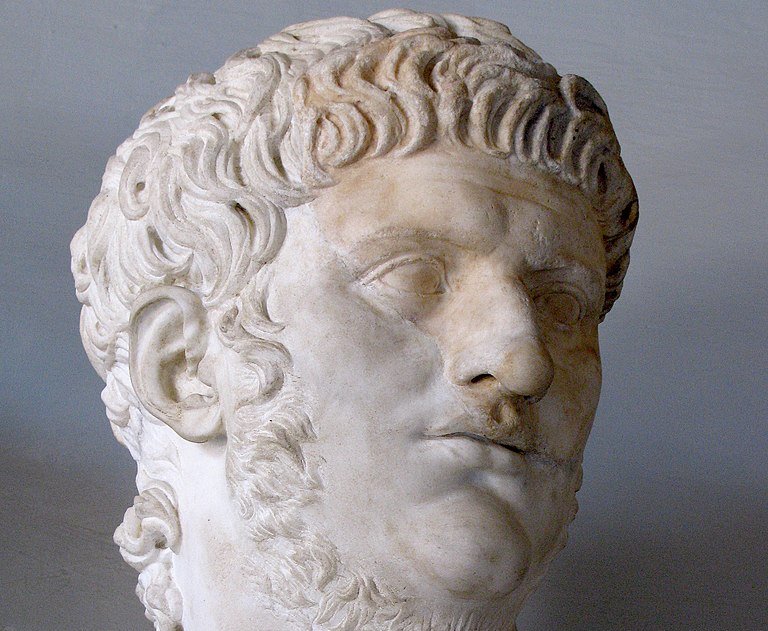 cjh1452000, CC BY-SA 3.0, Wikimedia Commons
cjh1452000, CC BY-SA 3.0, Wikimedia Commons
Subiaco Dams
The Subiaco Dams remained with no other dam meeting their great height until 1305. At that point, two monks removed cover stones from the top, unaware that this simple action would lead to the destruction of the entire dam.
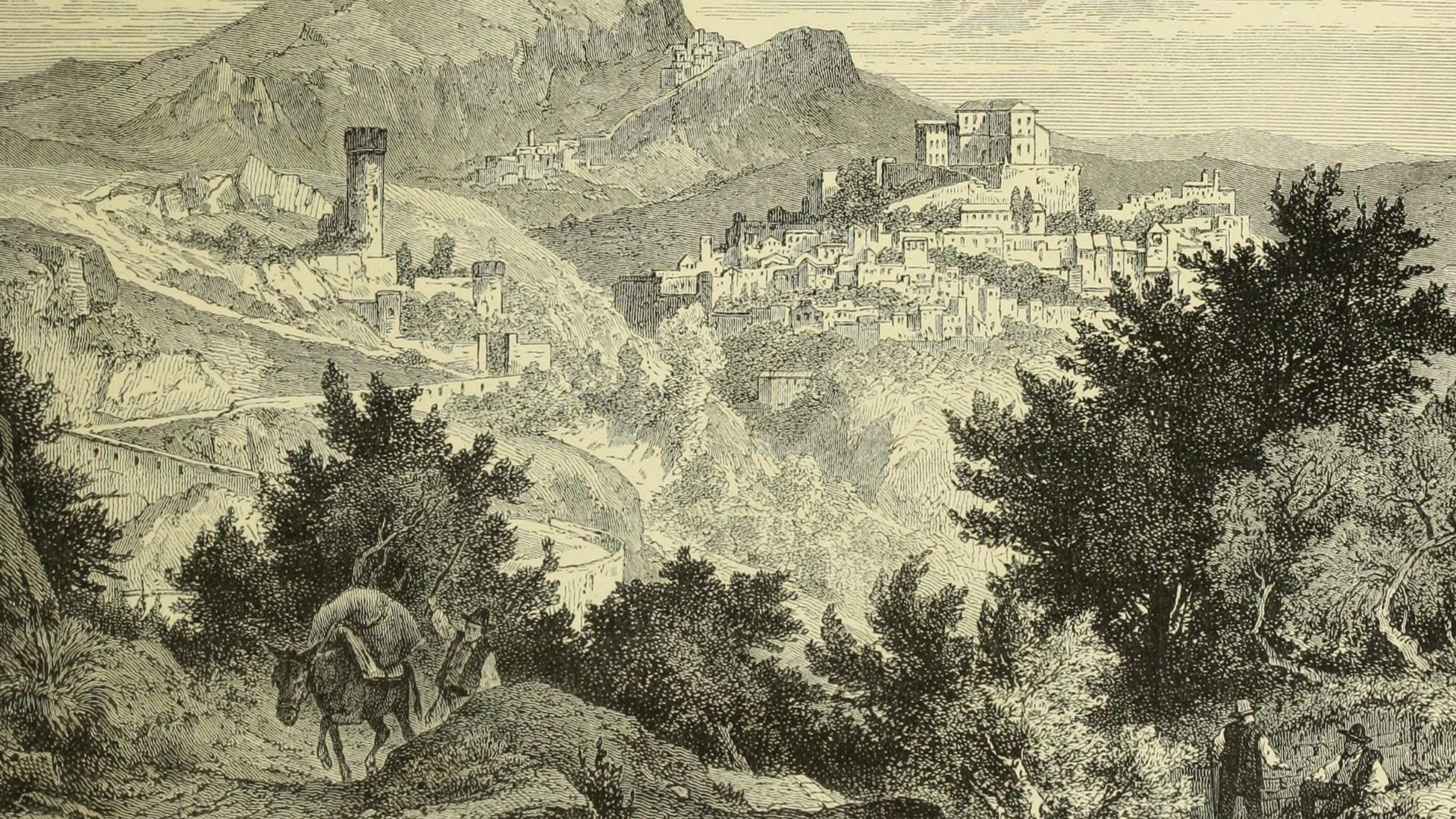 Internet Archive Book Images, Wikimedia Commons
Internet Archive Book Images, Wikimedia Commons
The Pantheon
Few structures capture the imagination and beauty of Roman architecture like the Pantheon in Rome. Today, millions travel to the city to visit this impressive temple and take in its record-breaking dome.
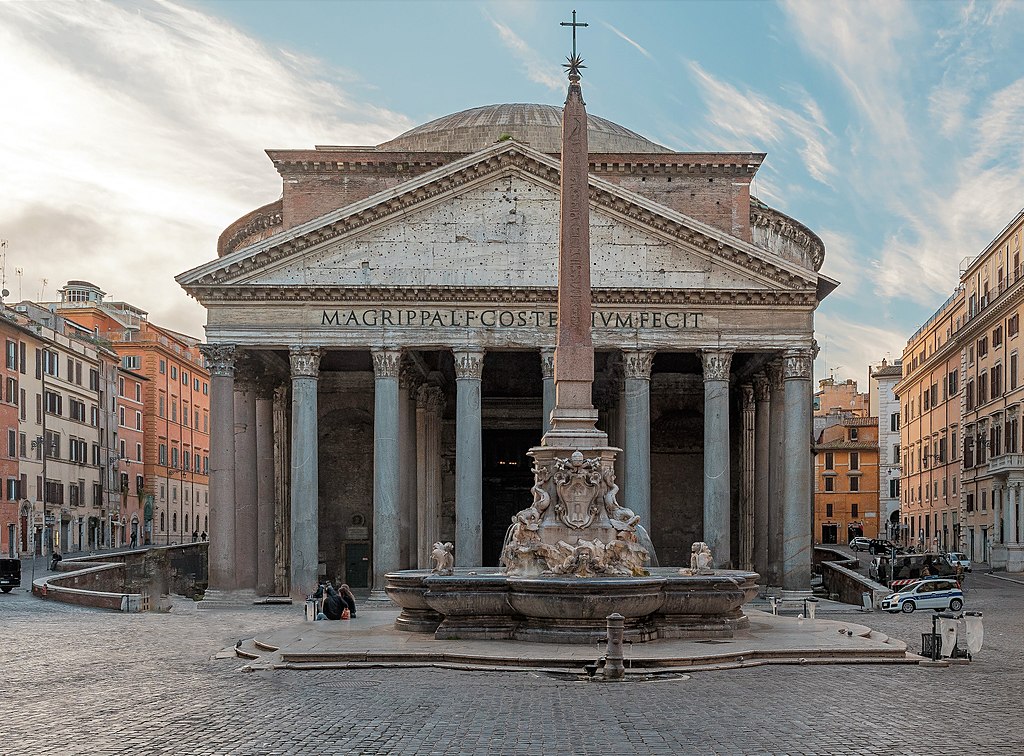 Rabax63, CC BY-SA 4.0, Wikimedia Commons
Rabax63, CC BY-SA 4.0, Wikimedia Commons
The Pantheon
One of the defining figures of the Pantheon is a large concrete dome that spans the interior. The dome spans 43.45 meters (142.6 feet) and perfectly reflects its height from the floor to the top of the dome. This isn’t all, however.
 Garcia.dennis, CC BY-SA 4.0, Wikimedia Commons
Garcia.dennis, CC BY-SA 4.0, Wikimedia Commons
The Pantheon
At the top of the Pantheon is an 8.95 oculus, otherwise known as a small hole at the top of the dome. This dome broke records not just in the ancient world, but in the modern world as well.
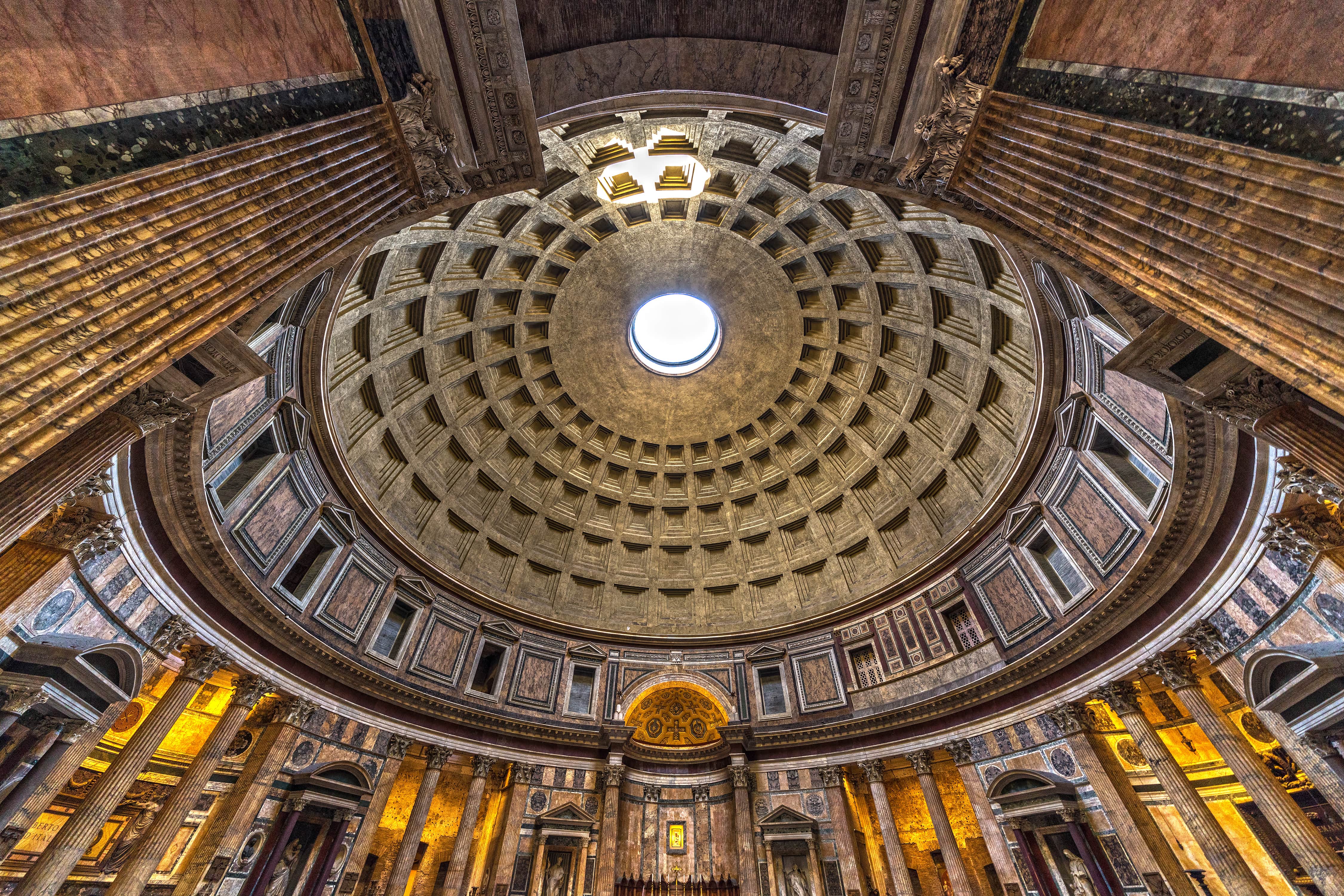 Luciano Mortula-LGM, Adobe Stock
Luciano Mortula-LGM, Adobe Stock
The Pantheon
The Pantheon’s dome remained the largest dome in the world for 1,700 years. No other dome surpassed it until 1881. Even today, it remains the largest unreinforced solid concrete dome in the world. Domes across Western Europe were influenced by the one in the Pantheon.
The Walls Of Athens
Of course, Athens was an ancient Greek city, not an ancient Roman one. However, Athens’ impressive walls deserve a mention on this list as they inspired many Roman constructions yet remain unsurpassed in their length and strength.
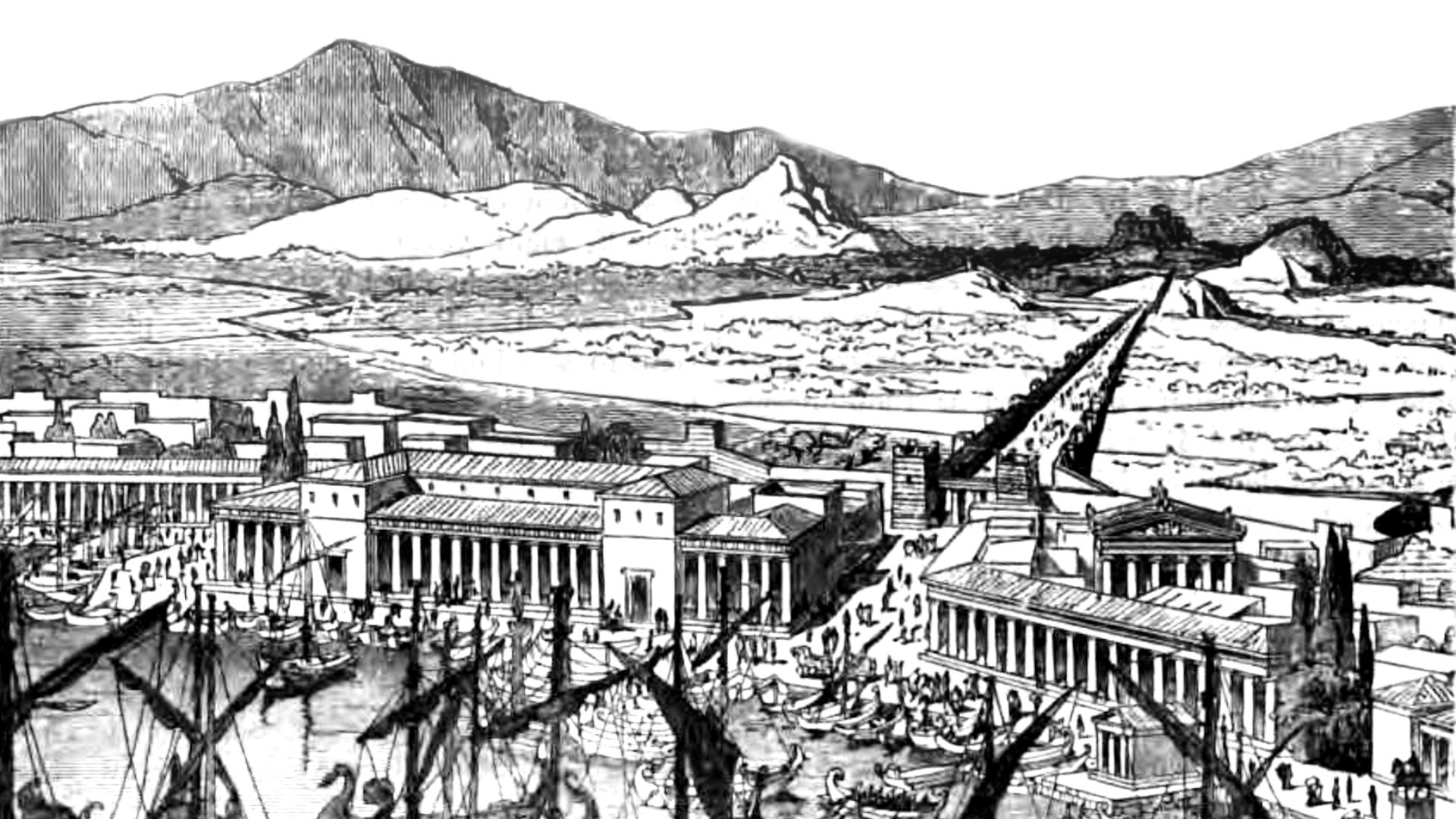 John Steeple Davis, Wikimedia Commons
John Steeple Davis, Wikimedia Commons
The Walls Of Athens
The walls of Athens owed most of their length to the famed “Long Walls” which connected the city to its two ports. These walls also provided Athens with its strength as they made attacking Athens extremely difficult.
 U.S. Army Cartographer, Wikimedia Commons
U.S. Army Cartographer, Wikimedia Commons
The Walls Of Athens
Around 431 BC, on the eve of the Peloponnesian War, the Athenian historian Thucydides cited the wall's length as: 7.6 kilometers (4.7 miles) for the city walls and 10.6 kilometers (6.9 miles) including the circumference to their port in Peiraeus. Modern historians have attempted to estimate the full length of these impressive walls.
The Walls Of Athens
It is believed that the walls of Athens ran about 31.6 kilometers (19.6 miles) in total. The foundation consisted of limestone blocks and then sun-dried bricks stacked on top. Sadly, Sparta forced Athens to dismantle the wall following their victory over Athens in the Peloponnesian War.
Monoliths
Throughout the Roman Empire, large stone structures existed. Every one of these massive and heavy stones proved the power and ingenuity of Roman technology. They created a variation of treadwheel cranes that could lift to 6.3 tons. However, many monoliths far exceeded this weight.
 Marek.69 talk, Wikimedia Commons
Marek.69 talk, Wikimedia Commons
The Trilithon
The trilithon was a group of three monumental blocks at the podium of Jupiter’s temple at Baalbek. Thanks to their size, each stone weighed approximately 800 tons. They were also transported 800 meters (2,624.7 feet) from the quarry. This amazing feat was likely achieved using a series of ropes and capstans to get them into their final position.
The Diolkos
Romans built roads all over their empire connecting each city-state. Most impressive of these was the Diolkos near Corinth in Greece. This paved roadway stretched between 6 and 8.5 kilometers (3.7 and 5.3 miles). This may seem unimpressive by modern standards until you put it into perspective.
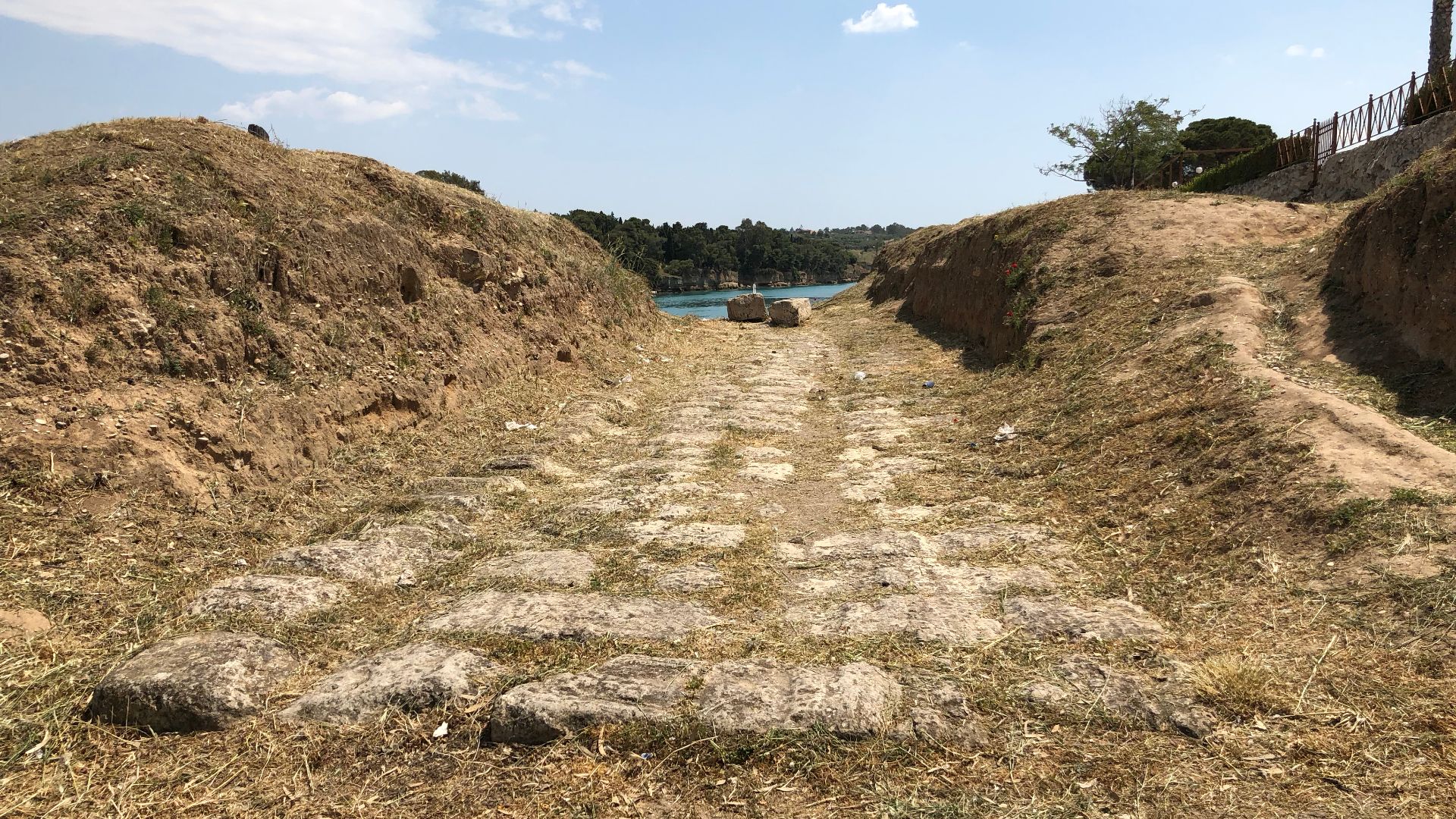 Davide Mauro, Wikimedia Commons
Davide Mauro, Wikimedia Commons
The Diolkos
The Diolkos was built to pull boats across the Isthmus of Corinth and avoid the dangerous seas of the Peloponnese peninsula. To contextualize it, the world’s first overland wagonway was built in 1604. It only ran 3 kilometers (1.9 miles), half the size of the Diolkos.
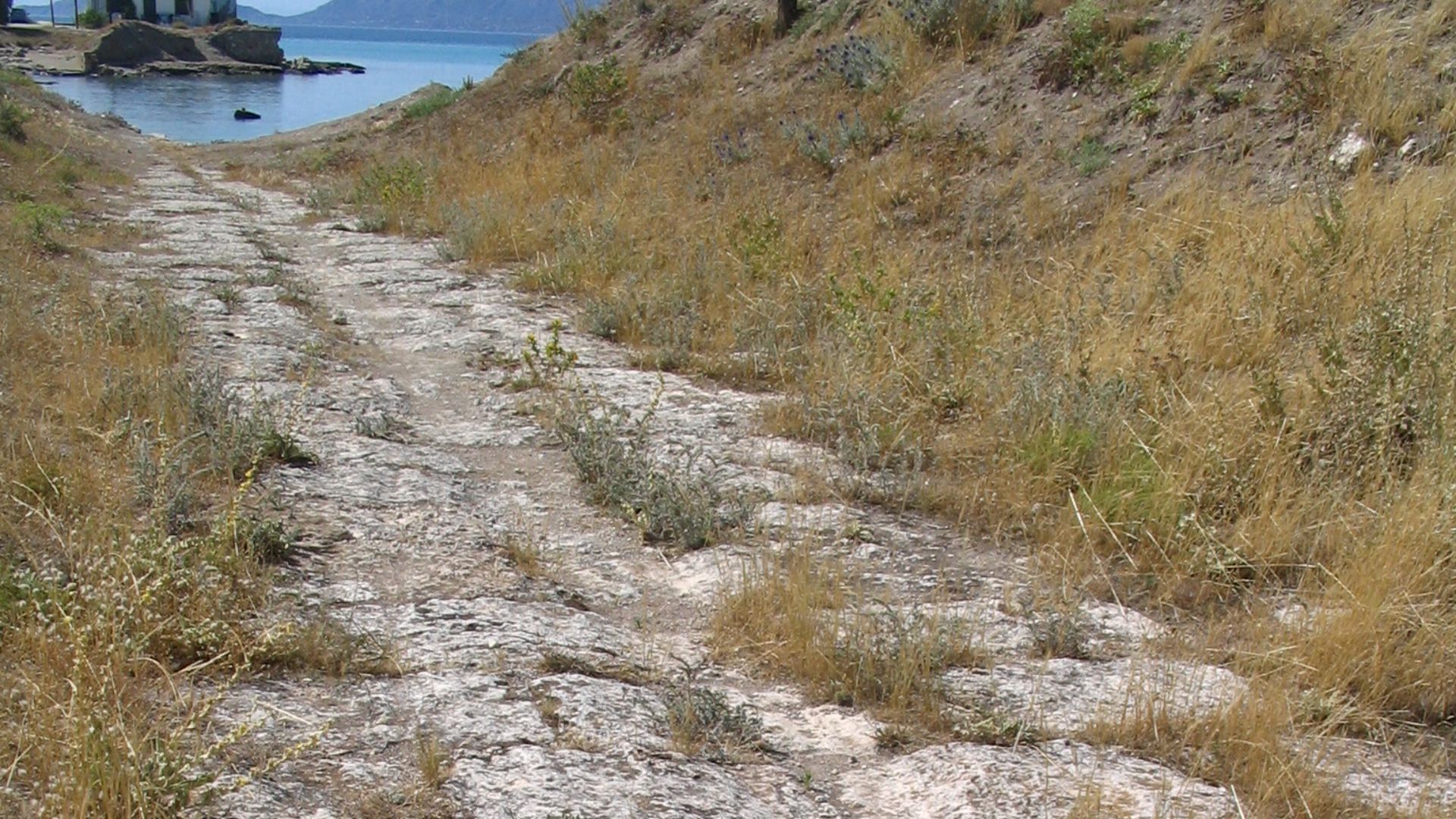 Dan Diffendale, Wikimedia Commons
Dan Diffendale, Wikimedia Commons
The Parthenon
Another example of the power and skill of the Athenians is the Parthenon. Its post and lintel roof measured 19.20 meters (62.9 feet) long at its height. Moreover, an unsupported section stretched 11.05 meters (36.3 feet) along the interior. Some of the Parthenon’s exterior roofing still stands today.
 Steve Swayne, CC BY 2.0, Wikimedia Commons
Steve Swayne, CC BY 2.0, Wikimedia Commons
Palatine Hill
The longest truss roof spanned the Aula Regia or throne room of Emperor Domitian. It was built somewhere around 80–90 AD and had a width of 31.57 meters (103.6 feet). This makes it slightly longer than the supposed limit of Roman roof construction at 30 meters (98.4 feet).
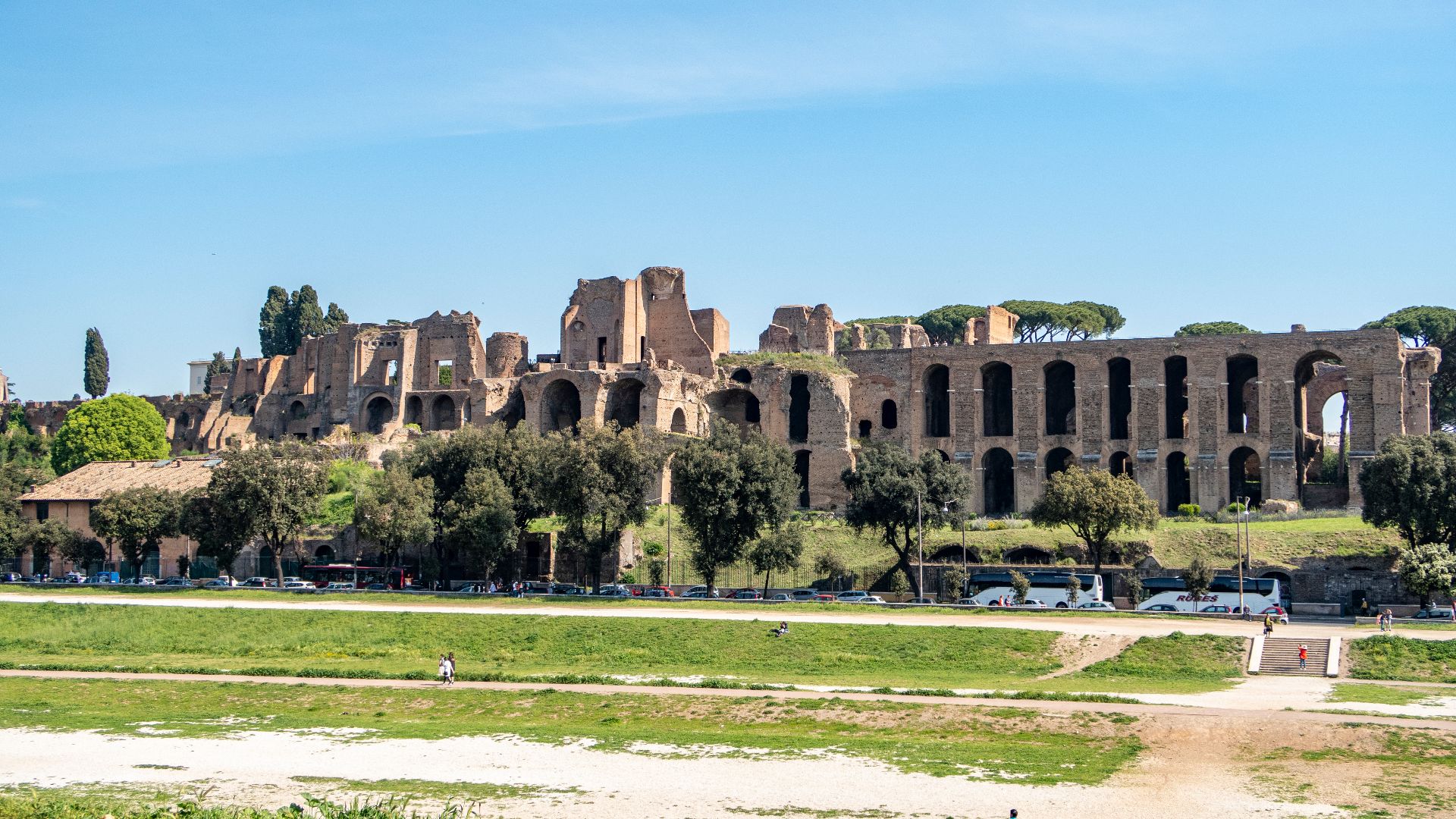 Lil Herodotus, Wikimedia Commons
Lil Herodotus, Wikimedia Commons
Tunnels Of Claudius
It took 11 years during the reign of Emperor Claudius for the Tunnels of Claudius to be constructed. These tunnels, which carried water and began draining Fucine Lake, stretched at some points to 5,653 meters (18,547 feet) long and 122 meters (400 feet) deep.
 Marica Massaro, Wikimedia Commons
Marica Massaro, Wikimedia Commons
Cocceius Tunnel
Cocceius Tunnel connected the Greek village of Cumae with the Roman harbor, Portus Julius. It ran 1,000 meters (3,280 feet) long and was part of a network made to move Roman groups throughout the area.
Gadara Aqueduct
Many Roman tunnels were built to move water from one location to the next. These were referred to as “qanat”. The largest of these was the Gadara Aqueduct in Jordan. Only recently discovered, the entire shaft stretches about 50 meters (164 feet).
Barbegal Water Mill
Constructed in the early 2nd century AD and located in southern France, the Barbegal water mill complex was the greatest concentration of mechanical power in ancient Rome. The complex consisted of 16 water wheels fed by an aqueduct that could produce approximately 4.5 tons of flour per day.
You May Also Like:
The Biggest Reasons The Roman Empire Fell
Turkey's Remarkable Ancient Roman Ruins
The Brutal Realities Of Ancient Rome
Sources: 1


